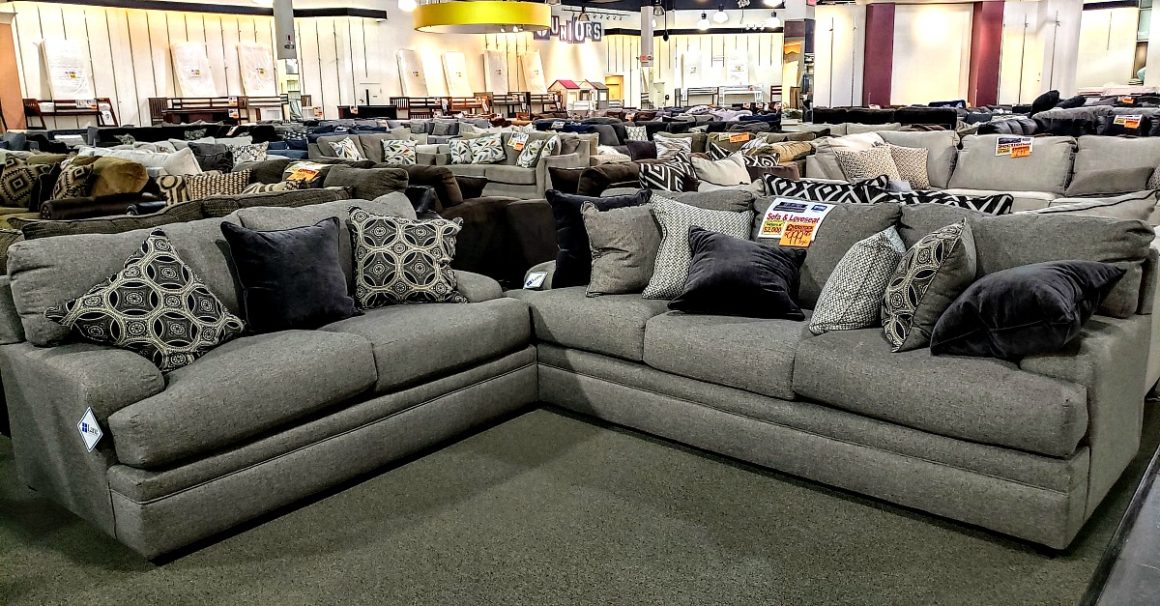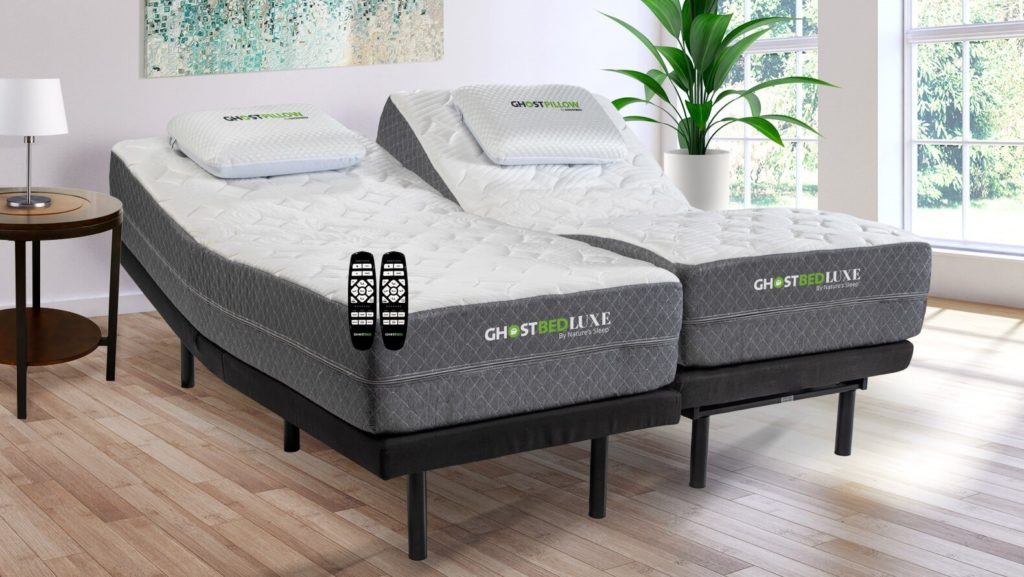AutoCAD is an advanced computer-aided design (CAD) program that enables users to create detailed and complex 2D and 3D designs. It is well-suited to creating customizable kitchen layouts, as it provides a comprehensive and efficient design environment for accurately incorporating elements such as cabinets, appliances, furniture, and counters into a virtual kitchen. It allows designers to envision the physical end product and to explore a variety of different design concepts during the design process. From its intuitive interface to its powerful customization tools, AutoCAD is a top choice for many professionals in the field of kitchen design.Creating Kitchen Layouts in AutoCAD
AutoCAD is one of the most popular CAD software applications available and is used by engineers, architects, designers, and landscapers. It is used to create floor plans, technical drawings, construction documents, detailing, and for making rapid 3D designs. The software has various functions, such as the ability to draw objects, lay out geometry in 2D or 3D design, and visualize projects by adding lighting, color, and shading. AutoCAD is also easy to customize, as users can create user-defined commands and library elements.What Is AutoCAD?
Creating a kitchen layout in AutoCAD involves a few simple steps, such as setting up a drawing file, adding walls, and planning out the location of the cabinets, counters, appliances, and other elements. The best place to begin is by setting up a drawing file based on the size of the room. Then, after establishing an appropriate scale, the user can add walls, doors, and windows to create the basic framework of the kitchen. After the framework is in place, the user can begin planning the location of the cabinets, counters, and appliances, using the various AutoCAD tools to accurately input the measurements.How to Create a Kitchen Layout in AutoCAD
Creating kitchen design in AutoCAD is a relatively simple and straightforward process. To begin, the user should review the documentation that accompanies the software to learn about its tools and features in order to design an efficient and functional kitchen. Once the user has become familiar with AutoCAD, they should select a kitchentemplate and use it to add walls, cabinets, furniture, and appliances to the kitchen design. After inserting the kitchen elements, the user can add color, texture, and dimensions to make the kitchen design come to life. The user should also use the 2D and 3D views in the software to get a better idea of the kitchen’s layout.AutoCAD Kitchen Design Tutorial
In addition to creating 2D kitchen designs, AutoCAD also allows users to create 3D kitchen models. This is a great way to generate a realistic image of the kitchen that can be used for designing, visualizing, and presenting a kitchen layout. The user can start by inputting the room’s dimensions and adding walls, doors, and windows to the design. After the basic structure is in place, the user can begin adding cabinets, counters, furniture, and appliances to the 3D model. The 3D model can then be exported as a PDF, JPEG, or other popular format for easy sharing or to use as a reference pointAutoCAD 3D KitchenModel Design
Before adding any 3D models in AutoCAD, the user must first create the walls that define the kitchen space. This can be done by setting up a drawing file and then using the Line tool to draw walls and to define the boundaries of the kitchen. Additionally, AutoCAD provides a variety of additional wall-related tools that allow users to add doors, windows, and even wall openings that can be used when inserting cabinets and other kitchen elements.Working with the Walls
Once the walls, windows, and doors have been added to the design, the user can start adding furniture and appliances to the kitchen. AutoCAD provides a library of pre-made kitchen models that can be used for creating a virtual kitchen. This library includes models for cabinets, sinks, refrigerators, dishwashers, and other kitchen elements. Once inserted into the design, these 3D models are fully customizable in terms of materials, color, size, and positioning. Additionally, users can modify their designs until they achieve the desired result.Furniture and Appliances
After adding the furniture and appliances to the kitchen design, the user must then dimension the design. This involves accurately specifying distances between the cabinets, counters, furniture, and other elements. AutoCAD provides a number of tools for accurately measuring distances in 2D and 3D. Additionally, users can modify the dimensions of the 3D kitchen models within AutoCAD to size them appropriately.Dimensioning a Kitchen Layout
Once all of the kitchen elements have been accurately dimensioned and sized, the user can then move on to adding details to the design. This could include adding lighting, material texturing, and even adding furniture and accessories such as rugs, lamps, and artwork. AutoCAD provides a number of tools and library elements that enable the user to quickly and easily add such details to the kitchen layout.Adding Details to Your Layout
AutoCAD Architecture is a specialized version of AutoCAD that is designed specifically for architectural and construction projects. This version of AutoCAD provides additional tools such as building blocks, roof styles, and a host of landscape elements. When creating a kitchen layout in AutoCAD Architecture, the user has access to a wider variety of kitchen elements, enabling them to create a more sophisticated and detailed kitchen design. Additionally, users can access a number of pre-made kitchen designs to get ideas for the layout.How to Design a Kitchen Layout with AutoCAD Architecture
When creating kitchen layouts in AutoCAD, it is important to keep in mind that the kitchen should be functional and efficient. As such, designers should examine the layout of cabinets, counters, and appliances to ensure that there is enough space for movement and access. Additionally, ensuring that the kitchen has proper lighting and ventilation is crucial to creating a functional and comfortable kitchen. Finally, designers must pay attention to the aesthetics of the kitchen. This includes making sure that the colors, materials, and decorations are cohesive and complementary.Best Practices for Kitchen Design
How to Simplify Kitchen Design with Autocad
 Working on kitchen design uniquely demands a specialized skill set. Kitchens not only require a thoughtful eye for the aesthetic details, but they must also take into account important details like ergonomics, functionality, and efficiency. Understanding this conundrum, Autocad can simplify the entire process.
Working on kitchen design uniquely demands a specialized skill set. Kitchens not only require a thoughtful eye for the aesthetic details, but they must also take into account important details like ergonomics, functionality, and efficiency. Understanding this conundrum, Autocad can simplify the entire process.
Object Library
 Autocad's extensive
object library
is a huge asset for any designer. All the necessary elements, from sinks and countertops to shelving and cabinetry, can be quickly and easily accessed and customized to meet the specific design in question. Graphics are also arranged by type, which makes searching for details a much easier task.
Autocad's extensive
object library
is a huge asset for any designer. All the necessary elements, from sinks and countertops to shelving and cabinetry, can be quickly and easily accessed and customized to meet the specific design in question. Graphics are also arranged by type, which makes searching for details a much easier task.
Smart Dimensioning
 Preparing to measure a
kitchen layout
for design can be a daunting task. Autocad's intelligent dimensioning tool will automatically dimension anything in the project. This can help to significantly reduce the amount of time spent on manual dimensioning.
Preparing to measure a
kitchen layout
for design can be a daunting task. Autocad's intelligent dimensioning tool will automatically dimension anything in the project. This can help to significantly reduce the amount of time spent on manual dimensioning.
Compatibility and Sharing
 Autocad is popularly used in a variety of design fields, which makes sharing layouts and models between professionals much easier. Autocad is capable of sharing both 3D models and 2D drawings, making it the perfect platform for collaborative work with all involved parties, such as architects, engineers and cabinet makers.
Autocad is popularly used in a variety of design fields, which makes sharing layouts and models between professionals much easier. Autocad is capable of sharing both 3D models and 2D drawings, making it the perfect platform for collaborative work with all involved parties, such as architects, engineers and cabinet makers.
Automatic Documentation
 Autocad automatic documentation features can generate reports using the same data from the model. This makes it much easier for professionals to quickly and accurately produce shop drawings and risk assessments. Autocad can also be programmed to compile the parts list for managing cost, materials, and budget.
Autocad automatic documentation features can generate reports using the same data from the model. This makes it much easier for professionals to quickly and accurately produce shop drawings and risk assessments. Autocad can also be programmed to compile the parts list for managing cost, materials, and budget.
Annotating
 When designing, it is important to have a way to quickly organize and annotate a plan for future reference. Autocad's annotation capabilities allow designers to simply and quickly generate notes, callouts, symbols, and reference points. This can make it much easier to organize the design and allow for a much smoother workflow.
When designing, it is important to have a way to quickly organize and annotate a plan for future reference. Autocad's annotation capabilities allow designers to simply and quickly generate notes, callouts, symbols, and reference points. This can make it much easier to organize the design and allow for a much smoother workflow.

































































































